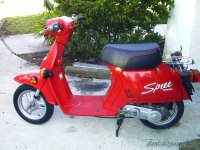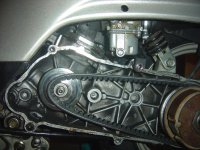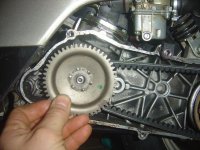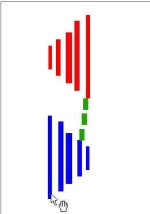Solcar
10 kW
Has anyone done experimentation with a CVT (Continuously Variable Transmission)? I've been looking for a small, light weight one other than a wheel hub type (pretty big, costly, a bit heavy?) to try out on an ebike. We have talked about using a pressure roller that has different diameters along its length that would be moved from side to side, but a potential implementation of that looks less than ideal, for example, there would be more time needed to get the roller to move left or right if the roller uses that diameter stepping than to just widen or narrow v-belt pulleys. Or if the roller were to be conical, the contact patch on the tire wouldn't move follow a curved motion, increasing tire wear. The type that moves the roller left to right is hard to build mounts for.
I want something specifically for low power that has good pull over a wide range of speeds, especially good for efficient low speed efficiency or on hills.
I want something specifically for low power that has good pull over a wide range of speeds, especially good for efficient low speed efficiency or on hills.










